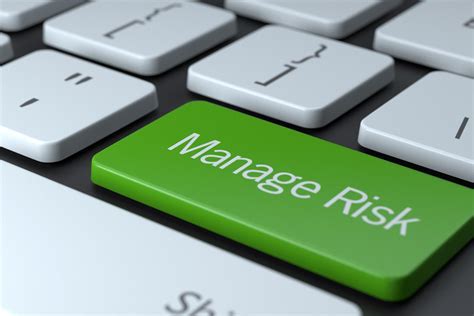Every organization is vulnerable to risks within its management. If you don’t pick up on what might be going wrong or could go wrong in the future, you’ll end up implementing plans to put out fires and then figure out how to diminish the negative impact they’ve made.
Getting ahead and deliberating what’s causing your organization to live in a risky environment will prevent not only stressful situations, but will definitely improve employee engagement and organizational performance altogether.
What could be causing an at risk environment?
Low Psychological Safety
When obstacles come up in our team’s work, we’re unable to have candid conversations to resolve the impediment. Issues we might have been able to work through together before the pandemic are impossible now: the team is under so much pressure to deliver that interruptions aren’t tolerated. Employees feel like if they speak up, it’s like they’re wrong for raising the issue.
Since they can’t challenge the plan without risking being embarrassed or punished, they usually stay quiet. When somebody feels forced to bring up a problem, it often results in an argument that leaves everyone feeling lousy. So employees don’t tell anyone much about what they’re doing. They need this job, so they just keep their head down and don’t rock the boat.
What the research says about Low Psychological Safety
When there's a high level of psychological safety, people recognize the team environment as trustworthy, and they don't need to be on guard all the time - so they feel free to communicate, express concerns, and ask for feedback (Edmonson & Lei, 2014). Not surprisingly, reviews of multiple empirical studies validate that psychological safety is positively correlated with employee engagement, performance, satisfaction, and commitment (Frazier et al., 2017).
Establishing trust is a prerequisite for psychological safety. More than four decades of research has shown that trust is a critical ingredient in effective work relationships on teams (Costa et al., 2018). Breuer et al’s (2016) review of 52 scientific studies of more than 12,000 people on over 1800 teams demonstrated that the correlation between team trust and performance is even stronger on virtual teams than on face-to-face teams. Newman et al’s (2017) systematic review of more than 70 empirical studies led to the conclusion that high levels of psychological safety intensified "the positive relationship between team expertise diversity and team performance," and reduced "the negative effects of geographical dispersion, electronic dependence… and national diversity on team innovation” (528).
What To-do:
● Ensure that you listen carefully in 1-on-1s or team meetings, and respond in a way that moves the team towards solutions without heavy judgments and blame.
● When disagreements or conflicts come up, big or small, name them! That’s the most immediate way to depressurize a situation, acknowledge what’s already happening, and move forward toward resolution.
● Make sure your OKRs are backed up by a clear accountability framework (e.g. RACI or RAPID, etc.). Always run OKR meetings with a facilitator who monitors the meeting for tone, and has the authority to address issues that come up.
● If your team environment feels regularly uncomfortable, get support! Some simple interventions and agreements may lighten up the atmosphere.
Basic psychological safety is essential for OKR practice:
Candid performance conversations are the heart and soul of OKR practice. Team members need to know they can risk talking transparently together about what’s working and what’s not.
Psychological safety doesn’t mean feeling comfortable all the time! -- It means feeling confident enough to open up and work through uncomfortable topics.
Likewise, revisiting and revising Objectives relies on a free, trusting communication environment. No person or team communicates perfectly, so think about psychological safety as an ongoing process of confirming, safeguarding, and fine-tuning the environment we need on the team to do our best work together.
Why this matters:
When close collaboration is required for the team to function, these “safety” issues become absolutely critical for the business.
The Pandemic impacts on our teams, families, and communities stress communication on all these levels. So the normal risk of lower communication quality in asynchronous communication (email, Slack or Team messages, etc.) is intensified under Covid-era stressors, resulting in an increase in “safety issues.”
To a lesser extent, we see an increase in “safety issues'' in web meetings, largely caused by the lack of personal control and subtle interpersonal signals that guide us in face-to-face interactions. When a team starts to experience more miscommunication, irritability, or hesitancy to speak one’s mind, it’s an opportunity to grab hold of the psychological safety issue and improve the environment.
Latest posts by Brett Knowles (see all)
- Creating a Risk Free Environment - September 12, 2021













